If you are looking to grow your own vegetables and flowers but don’t want to spend endless hours tilling and weeding your garden all summer long – then it’s time to create the perfect, weed-free, no till garden in your backyard. Not only is it easy to do – it can help you grow amazing produce with little work year after year!
Believe it or not, you don’t have to have a rototiller to have a great backyard garden. In fact, you can actually grow a more productive garden without one. Even better, it can be far easier to manage and care for as well.
Although tilling a garden is considered a must for many, a lot of gardeners are beginning to switch to more simple, less expensive and far easier no till methods. Why? Because as it turns out, using a rototiller can actually cause more weeds, far more work – and perhaps most surprising of all, harm your soil more than help it!
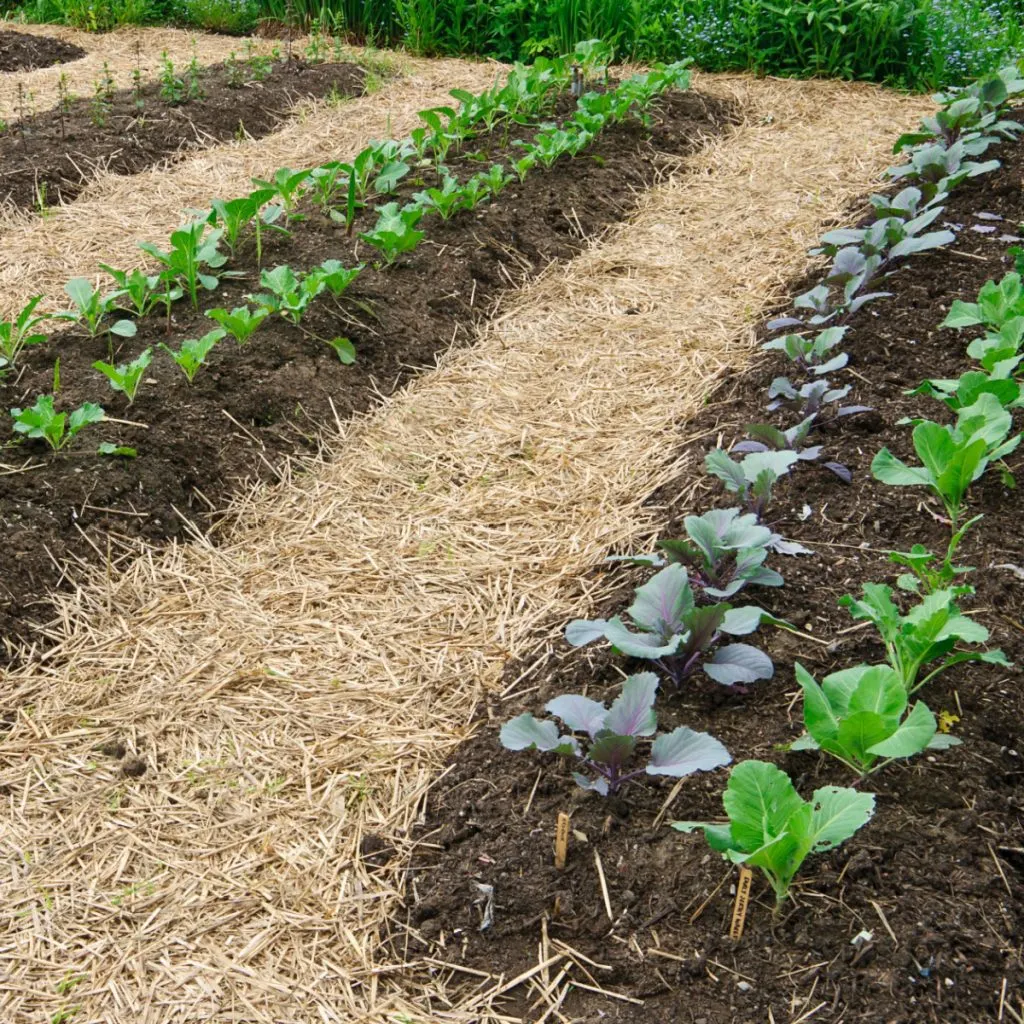
Why Tilling Isn’t The Answer – How To Create A Garden Without Tilling
It’s important to note that there is a time and a place for a rototiller. Using a tiller to tear up an existing grassy patch for a flowerbed or garden for the first time is an excellent example. As is using a rototiller to smooth soil for planting grass seed.
But when it comes to maintaining your garden after you first create it – the tiller can cause serious issues for you and your soil. Both in the short term – and long term!
Planting “Weeds” With A Rototiller
For starters, rototillers create more weeds and weeding issues than they eliminate. Every time you run a tiller through the soil, you plant thousands of weed seeds that have simply been lying dormant on the surface. Seeds that will later sprout to become weeds you have to deal with.
In the fall, tilling a garden at the end of the season puts the seed in the soil to come back to haunt you next spring. Tilling again in the spring plants even more seeds that have blown in over the winter. And the more weeds that get planted in the soil, the more weeding you will have to do.
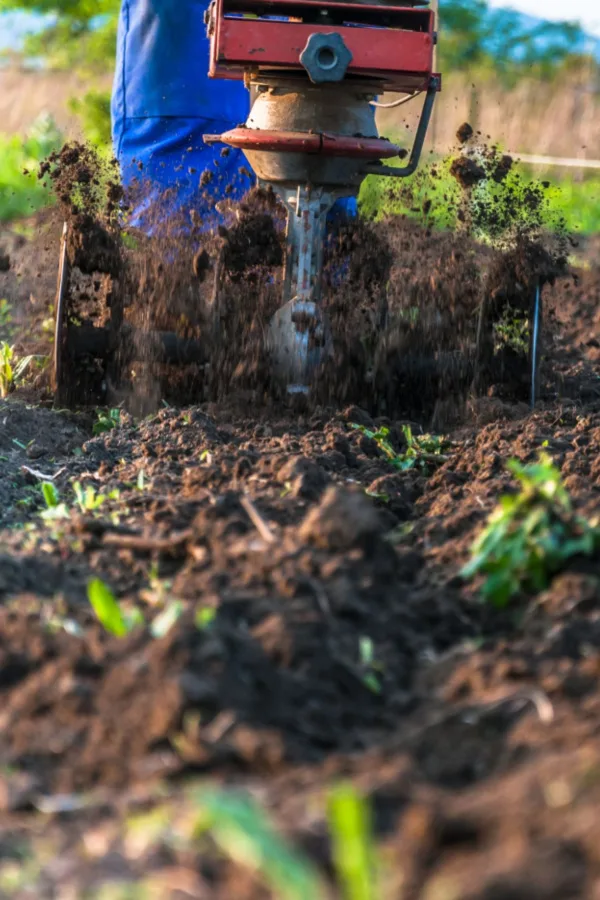
What about tilling weeds in the rows during the growing season? Unfortunately, it does the same thing. But beyond making weeds more plentiful than ever, repeated tilling also destroys your soil’s structure over time.
How A Rototiller Takes The Life From Soil – How To Create A No Till Garden
Under the surface of the soil, earthworms, microorganisms, and helpful bacteria all work together to bring life to the dirt you grow in. As earthworms and other ground dwellers work through soil, they create channels for air, water, and nutrients to easily pass through.
Meanwhile, all of the beneficial bacteria and organisms also work to break down organic matter to release even more nutrients into the soil as well. Plain and simple, the more channels and life that exist in the soil, the easier time the plants growing in your garden have to absorb everything they need to grow strong and healthy.
Unfortunately, every time the tines of a tiller go through your soil, they destroy the channels underneath. They also can kill earthworms and expose the bacteria and helpful organisms to the sunlight – which in turn kills them off in the process.
Listen In To Our Podcast Below To See How To Create A No Till Raised Row Garden – With Ease!
But in a no till garden – all of the channels, earthworms, organisms, and bacteria stay safe. Not only that, they multiply over time to do even more good work for your plants and soil. Even better, all of those weed seeds stay safely on top – unable to find soil to germinate!
How To Create A No Till Garden
A no till garden is actually a simple garden to create and maintain. Instead of creating your planting rows by tilling, you leave the soil surface alone and plant right through it. Then, you use a heavy layer of organic mulch on top to control weeds. This also helps hold in valuable moisture and regulate the soil temperature.
The star of a no till garden is mulch. Not only do you use it in your planting rows to stop weeds and help plants, but you also use a heavy layer of mulch in the rows where you walk to care for your plants.
This can be a massive time saver for gardeners. No longer do you need to till any part of your garden. Not in the spring. Not in the fall. And even better, you never have to till your walking rows during the growing season. And all of that mulch, when put down properly, eliminates a large majority of your weeding chores too!
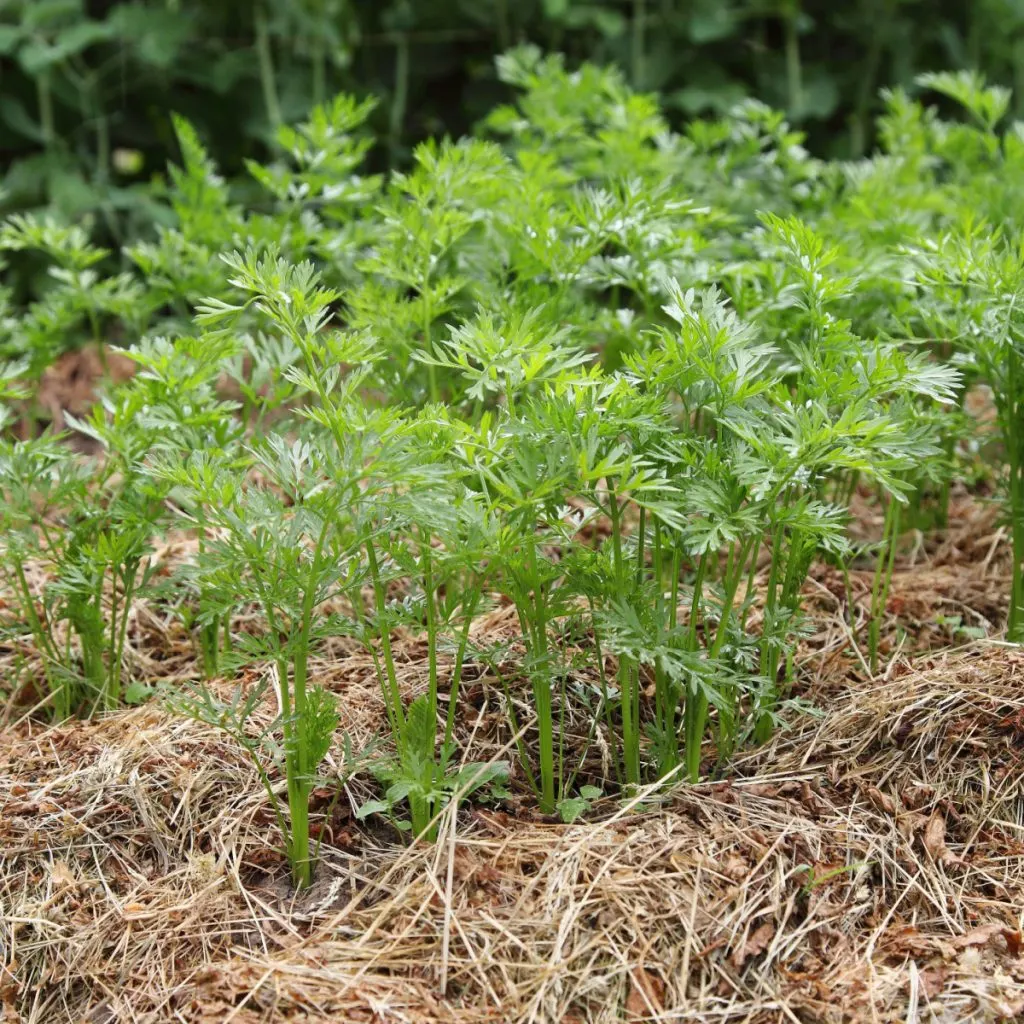
How To Mulch – How To Create A No Till Garden
For the rows where you grow, you want to use an organic mulch around plants. Straw, shredded leaves, and/or grass clippings are perfect for this. When mulching under and around plants, use a thick four to six inch layer. See our article: Where & How To Use Grass Clippings In The Garden – The Perfect Free Fertilizer & Mulch!
These organic mulches are good insulators but also allow nutrients and moisture to easily pass through to plants. Over time, these mulches also break down in the growing rows. That adds even more nutrients to the soil below, creating even better soil.
For your walking rows, although you can use any of the above mulch choices since you won’t be growing in them, you can use a mulch that will last a bit longer. In these areas, pine needles, hardwood mulch and hardwood or pine bark chips all work well. For walking rows, put the mulch on thick at around 6 inches deep.
The first year of growing in a no till garden will still have some residual weeds in the soil. Especially if you used a rototiller to create it from fresh sod. But with each passing year, the weeds will be less and less. Best of all, so will the time it takes you to weed. You will also have to water your plants with far less frequency as well!
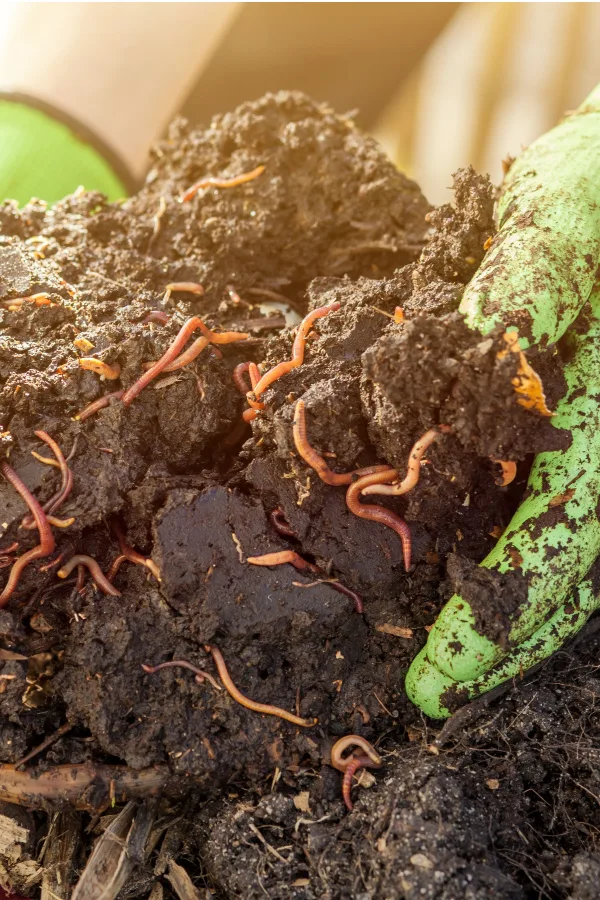
Last but not least, gardening with this method lets you use compost, fertilizer and other soil improving materials right where your plants need them most – in the growing rows. You don’t have to worry about wasting in walking areas that are now permanently mulched.
Putting A No Till Garden To Bed In The Fall – How To Create A Great Garden Without Tilling!
So what do you do with a no till garden at the end of the growing season? Instead of tilling, you plant a no till over crop in your growing rows. This helps to protect and build your soil even more over the long winter months.
By seeding your growing rows with cereal oats or field peas, the soil stays covered all winter. But even better, the roots of the cover crop help to break up the soil below. And when they die off after the winter, they then give their nutrients back to the soil as well. Affiliate Link: Oats & Clover Cover Crop Seed Mix
The best news? There is no need to till or pull a no till cover crop up. Instead, you simply cut them down and plant your spring crops right through to the soil below. Talk about an easy way to create and grow a garden without tilling!
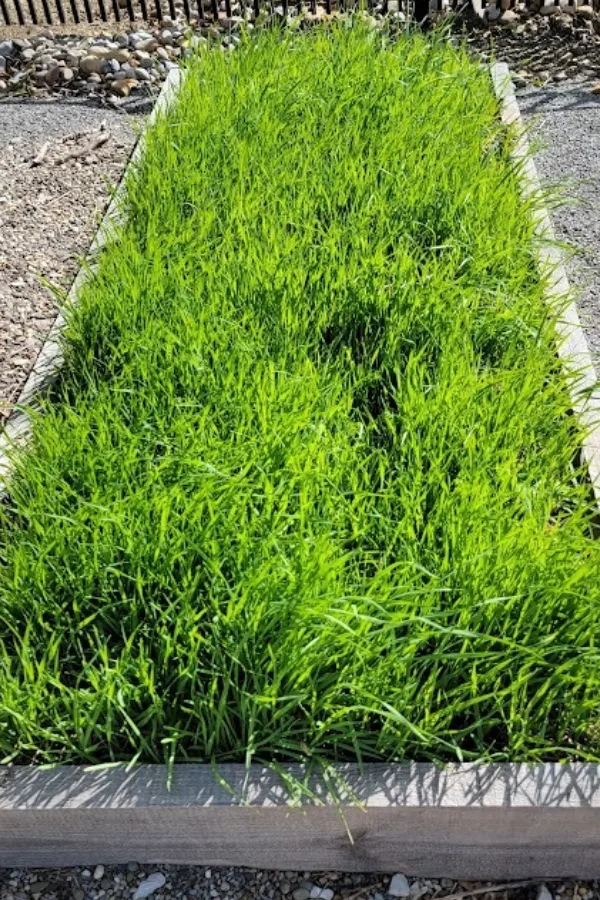
By eliminating the use of a rototiller from your garden, you really can work less, and have a more productive harvest than ever!
Simple Garden Life
Follow Our Facebook Page For Even More Great Tips! Simple Garden Life Facebook Page
Simple Garden Life is a website dedicated to keeping gardening fun, simple and enjoyable! We publish two new articles each week along with a new garden podcast episode every two weeks. This article may contain affiliate links.
